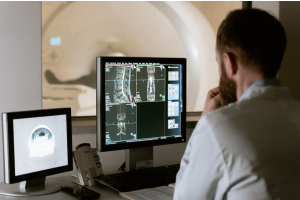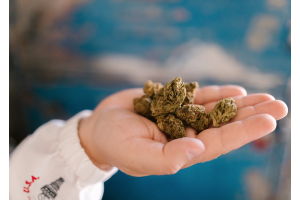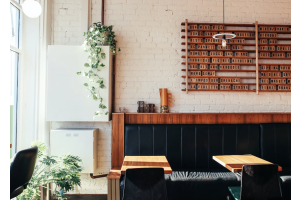Hints and Tips, Grow Lights, Do's and Don'ts
March 17, 2021
300

Follow these tips whilst using grow lights..
- Position your growlight before anything else in the grow area. Be aware that with the traditional style of grow light that uses a single ended bulb (most commonly an E40 fitting) the spread of light will not be central compared to the reflector, there will always be less light form the bulb holder end of the reflector. The simplest way to gauge the position of your system when using a single grow light, is to use a piece of white paper or card, and with the system turned on, find the point at which it goes from light (below the reflector) to shaded (above the reflector spread) on the side wall. Then by going around the edge you easily see whether the lit area is even and equal on all four sides and adjust its position as required.
- If you are positioning more than one lighting system I would recommend using a simple light meter in order to make sure you have an even spread of light across the entire grow area.
- I always favour orientating my grow lights so that the lamp holder is closest to the access point of my grow area, this way you have the best chance of getting to it easily if you need to change the bulb mid-crop or when you come to adjust the height of your reflector as the plants grow.
- Always endeavour to keep between 300-400mm between you bulbs and your plants, any closer than this and you risk burning the plants due to the high temperatures produced by HID lights, any further than this and you are not getting the full benefit from your system. The only time I would have my lamps further away than this is the very early vegetative stage or if I needed to reduce the stress on the plants because of a problem during the grow.
- Never coil or wrap any excess cable on your lighting system as this can cause the cable to get hot and damage the insulation or if coiled tightly enough can actually effect the voltage going to the particular piece of equipment.
- Always use a contactor or a heavy duty timer for controlling the timings of your grow lights. Standard household timers just aren’t strong enough to cope with the demands of an HID lighting system and when they fail the result is usually that the light stays on. This can, obviously, upset the critical photoperiod of your plants causing problems at any stage of the cycle but can be catastrophic during the flowering phase, and because we all do the same, and check our growrooms during the lights on period, a timer failure of this type can go unnoticed for several days, until it is actually having a visible effect on our plants.
- Do not handle your bulbs or reflectors with bare hands. The grease and oil in your skin will adhere to the surface and, with bulbs, this can cause hot spots on the glass envelope of the bulb which, in the worst case, could lead to a catastrophic failure. Similarly any finger prints on the polished surface of a reflector will cause a build up of dust and dirt that will spoil the performance of your equipment and effect the distribution of light across your grow area. And always make sure you bulbs and fixtures are cool enough to handle safely before undertaking any maintenance.
- Finally, always replace your bulbs and reflectors regularly. Bulbs should be replaced every four or five cycles, and whilst a bulb may still look bright enough to the naked eye, we would struggle to see even as much as a 20% drop in the efficiency of a unit. But your plants will notice, and a drop in yield will be the end result. Similarly with reflectors, whilst these do not “wear out” as such they will get dirty over time, the heat from the bulb and the humidity within the grow area will effectively “bake” the grime on the polished surface of the reflector and these polished surfaces are almost impossible to get clean without damaging it even further. I would recommend changing your reflector at the same time as replacing your bulbs.
Written and Published in Weed World Magazine issue 150












Validate your login